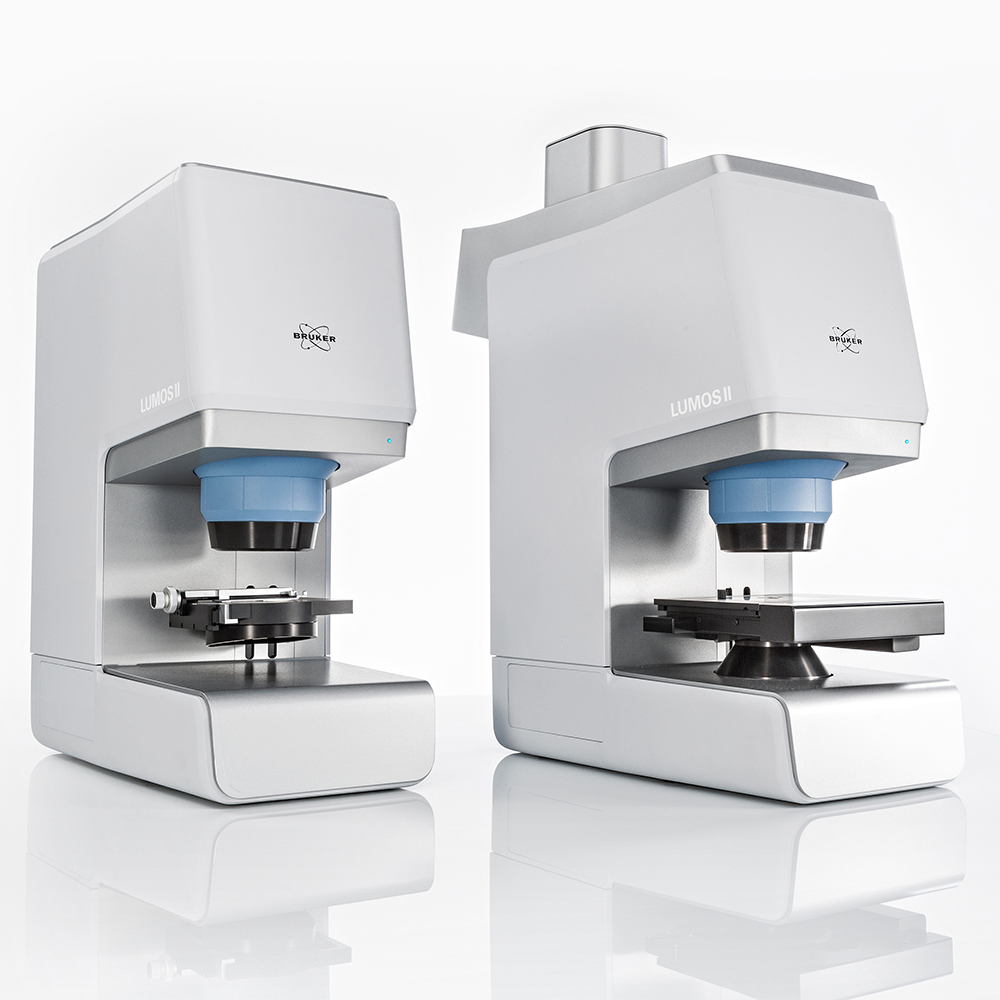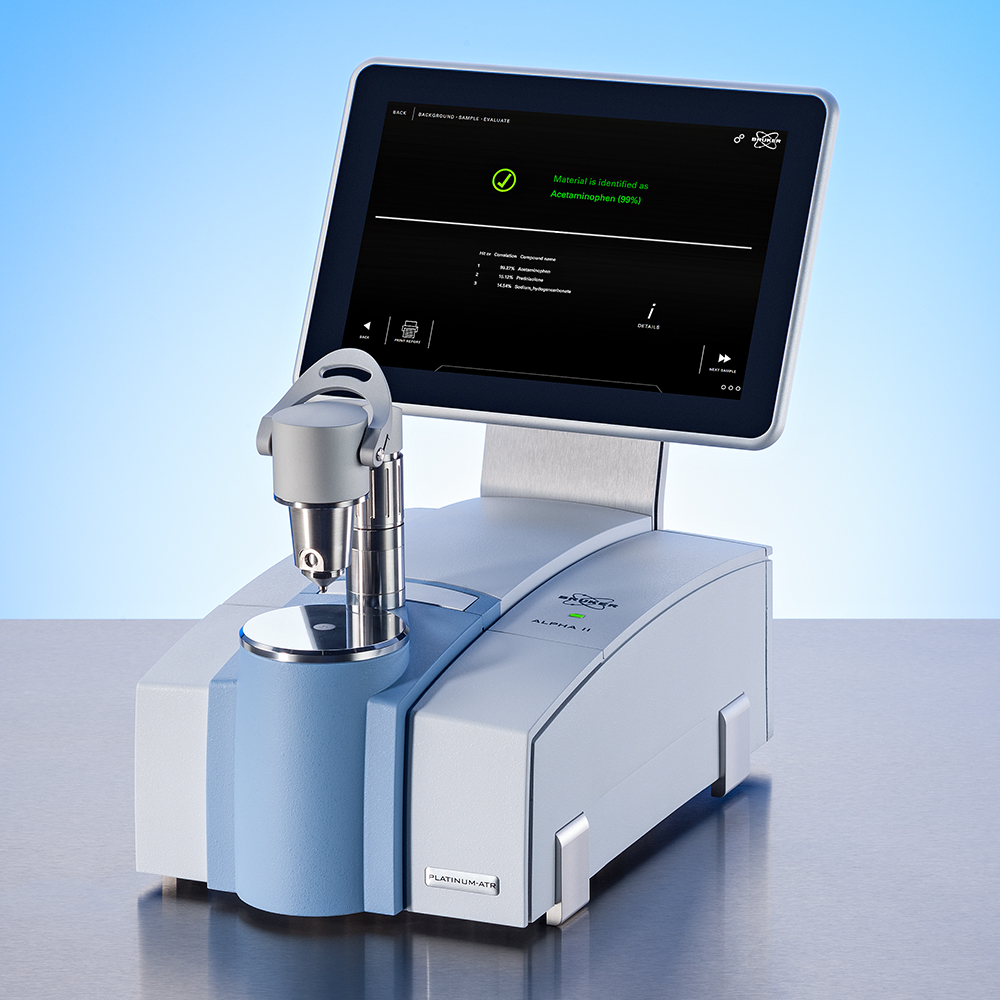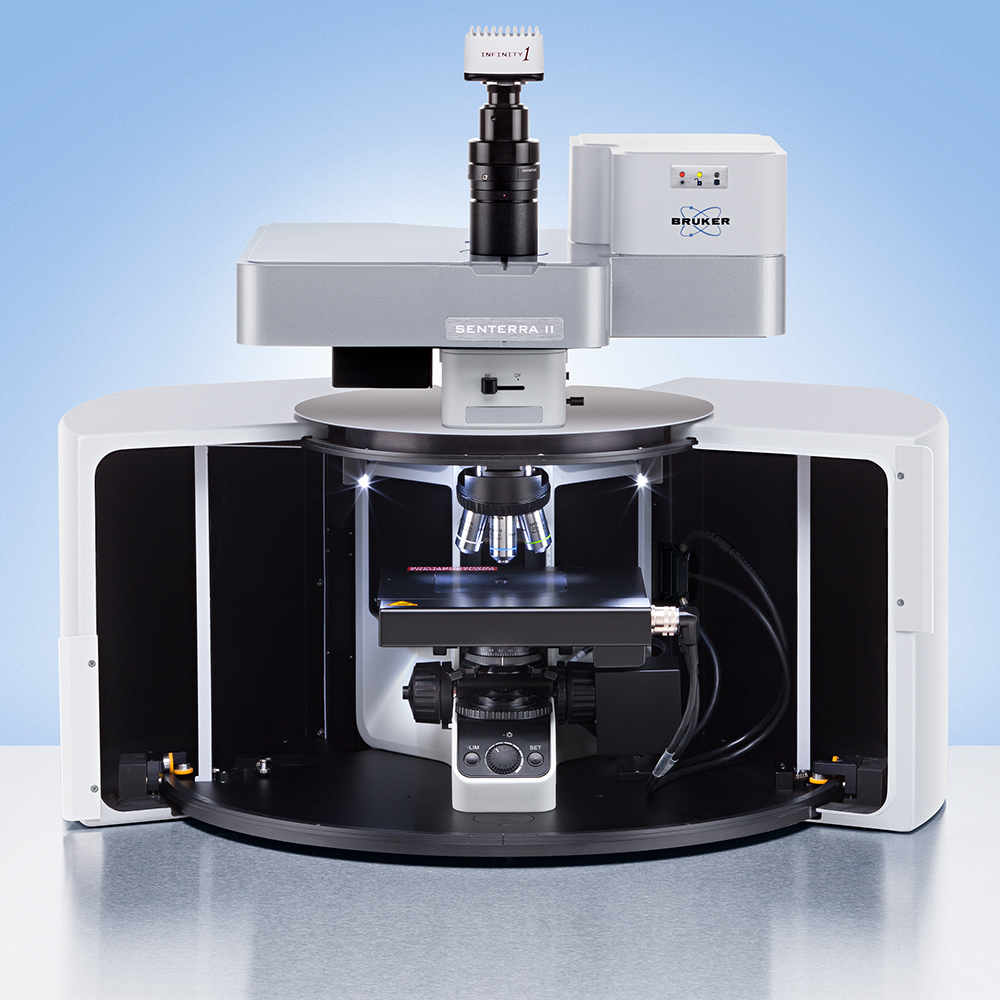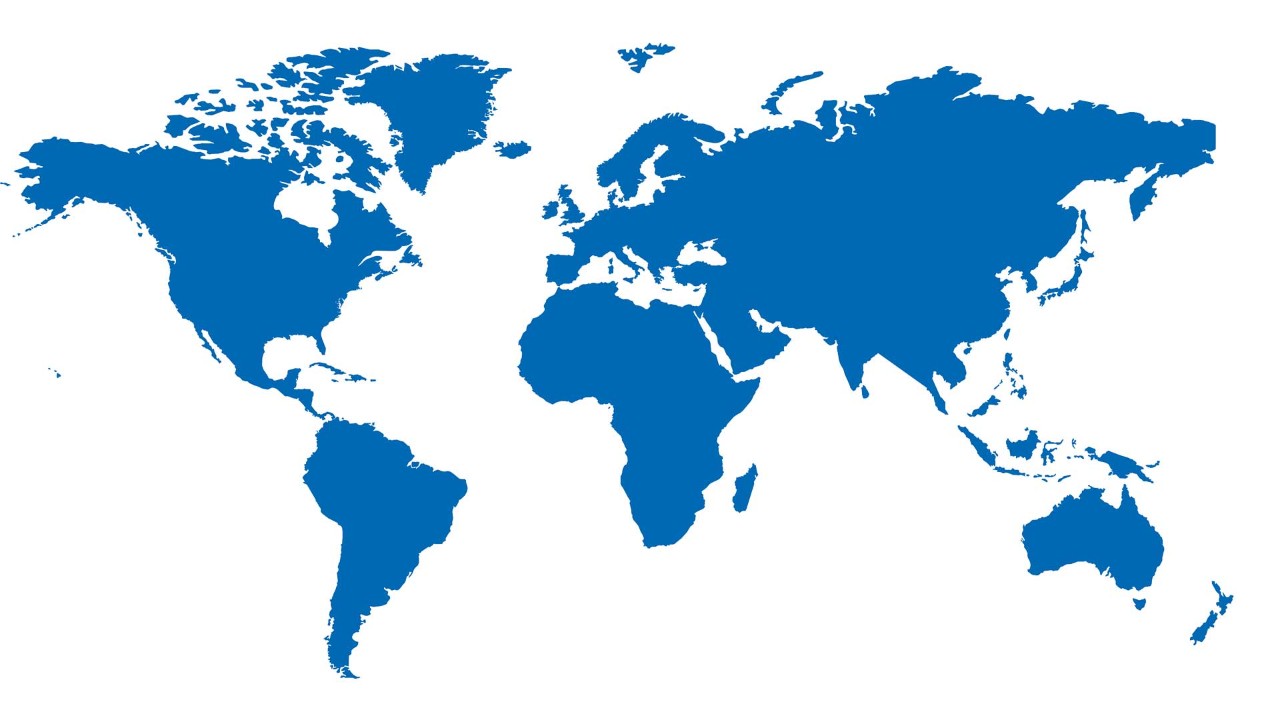Microplastics Analysis
About Microplastics
What Are Microplastics?
According to definition, polymer particles with a diameter of less than 5 mm are referred to as microplastic (MP) particles. Depending on their origin, they are further subdivided into primary and secondary particles. They are found in riverbeds, the arctic ice, natural fertilizers, soils and even drinking water show noticeable amounts of MPPs. During the last decades, microplastics have even found their way into the human food chain. In short, the ubiquity of microplastic particles makes them an enormous challenge to our environment.
微塑料从何而来?微塑料如何影响我们?
Microplastic particles can be categorized into primary and secondary particles. Primary MP particles (MPPs) are those which have been specifically produced for industrial use, for instance as peeling particles in cosmetic products.
Secondary MPPs are formed by physical, biological and chemical degradation of macroscopic plastic parts and are the main source of micro particles released into the environment. They are mainly formed by the degradation of improperly disposed plastic waste, tire abrasion and washing of synthetic textiles.
尽管对海洋生物的威胁大多是被理解的,但目前无法评估其全部范围。然而,海洋生物和鱼类的摄取导致微塑料对人类食物链的污染。由于MPP可能包含有问题的增塑剂,并且还可以吸附其他有机污染物,因此长期影响是不可预测的。
How to Analyze Microplastics
How Are Microplastics Analyzed and Detected?
While light microscopy is a fundamental method to detect microplastics, the approach does not provide the chemical information necessary to identify the polymers involved. This identification however is vital to investigate the influence and origin of the found microplastics. For this very reason, microplastic experts are turning to µ-FT-IR imaging in combination with machine learning evluation tools. As a result, complete characterization of particles is possible, human error is eliminated, and reliable, reproducible results are obtained.
What is the Best Way to Analyze Microplastics?
The typical workflow of microplastics analysis:
The chemical analysis usually starts with a liquid sample that was prepared differently depending on its origin. This sample is filtered onto an IR-transparent substrate and measured in its entirety by FT-IR IMaging to capture all particles present on the filter. The Chemical Image is then analyzed automatically with a robust machine learning algorhythm.
FT-IR microscopy is the most common approach found in microplastic research. The workflow is super simple and the results provide high precision and, most of all, reliability. Especially FT-IR imaging by focal-plane array detectors is the state-of-the-art solution. If you want to know more about our FT-IR instrument setup, take a look at our FT-IR microscopes.
Why FT-IR imaging for microplastics analysis?
FT-IR成像的优势
红外辐射与micropl交互astic particles, creating characteristic IR absorption patterns. These patterns are then used to identify the particles. If you want to catch up on the基础啊f FT-IR, click here.
到目前为止,FT-IR的最大好处是其出色的可靠性和易于应用。可以分析任何类型的塑料颗粒(深色,填充,荧光,...),需要最少的用户工作。
True imaging detectors unlock the potential of FT-IR
But - when you combine FT-IR with a Focal-plane array (FPA) detector things get really interesting. The result is a非常powerful imaging tool capable simplifying microplastics analysis to routine levels. To learn aboutFT-IR imaging, click here.
It comes down to a fully automated approach that can tolerate a lot of contamination on the filter (e.g. from a sediment) without any negative impact on the measurement results. Ultimately, FT-IR imaging ensures that no particle remains undetected, providing utmost reliability and measurement speed.
The secret to microplastics is the right compination of hard- and software
除了分析方法外,该软件对于分析微塑料至关重要。传统上,微塑料光谱参考文献并提供了大小,数量和身份的统计分析。但是,这种图书馆可以提供的限制。如果您需要非常可靠且可靠的分析,则必须大大增加库中的光谱数量,从而大大减慢了分析。
但是,为了使微型分析可扩展和常规,数据分析必须变得更快,最重要的是更聪明。当时间至关重要时,使用巨大的图书馆根本不切实际。这就是为什么研究人员开发了使用机器学习的新方法,从而充分利用了化学成像的巨大潜力。
Here, instead of checking each spectrum individually for its identity, the entire FT-IR image is processed straight away. The intelligent algorithm analyzes the entire FT-IR image at once, making the analysis orders of magnitude faster and even more reliable. To bring this to market, Bruker teamed up withPurencyto provide and end-to-end microplastic solution, that covers the instrumentation and software analysis for high-workload labs and researchers.
Guide to FT-IR Analysis of Microplastics
微塑料颗粒的FT-IR分析指南
我们已经提到,世界各地的研究人员和微塑料专家都依靠FT-IR成像。这样做的原因是该技术提供的直接,简单的工作流程以及该技术提供的无与伦比的可靠性,速度和精度。在下文中,我们将提供对实验室分析基础知识的更深入的见解。
Step #1: Sample Preparation
After taking a sample, it might have to undergo pre-treatment, depending on the contamination from the source, and is atferwards filtered unto compatible filer materials. Very clean samples like drinking water are usually filtered directly onto a suitable filter. But environmental samples like ocean water, river sediments or soil may contain sand or plant material and must be prepared prior to FT-IR analysis.
为了去除较大的非微粒颗粒,使用了截然不同的滤波器。这些较大的颗粒后来通过宏观分析FT-IR spectrometerslike the ALPHA II. After this, the samples are treated with salt solutions of different concentrations, which is called density separation. During the process, sand and other non-plastic particles sink to the bottom and can be easily removed afterwards.
But what about more complex samples like fish or mussels? Such samples need an as complex treatment to remove all organic matter that is left after dissection. Typically, enzymatic digestions, acidic or alkaline treatment is performed prior to filtration.
Step #2: Filtration
We previously mentioned that aluminum oxide filters are the best choice for microplastics analysis. But of course there are other materials available, like silicon, PTFE, or gold-coated polycarbonate filters which all have distinct advantages and disadvanatges. However, since aluminium oxide filters have become the standard for FT-IR analysis of microplastics, we will also adhere to those standards in our website and videos.
Step #3: FT-IR Imaging Analysis
Out of the three avilalbe measurements modes of FT-IR (transmission, reflection and ATR) transmission is the most suited for a fast and hassle-free analysis. Why? Well, ATR is a contact based method and particles can stick to the crystal which requires a user to clean it, making it unsuitable for automation. In reflection, thicker particles are hard to measure and produce spectral artifacts, making it less reliable. Finally, analysis in transmission iscontactlessand will give良好的光谱in a short amount of time.
Step #4: Particle Classification and Data Evaluation
The use of machine learning in the analysis of microplastics is on the rise. With it, researchers have found a reliable way to make data evaluation easy to use for anyone. Following best practices, Bruker teamed up with Purency to promote the Microplastics Finder (MPF).The MPF is a software that automatically analyzes whole FT-IR images of microplastic samples within a few minutes. It yields a comprehensive statistics of all particles present on the filter and classifies them by number, identity and size. All with just one click.
The classifying algorhithm is was trained by real world data that has been evaluated by different microplastic experts. In short, it brings you their combined knowledge into your lab and at your fingertips. Hence, the Microplastics Finder is the optimal tool for routine analysis of microplastic samples and one of the most promising candidates for future standardizaton. The goal is, to guarantee comparability between different laboratories, researchers and analytical insitutes around the world, eleminating human bias altogether.





